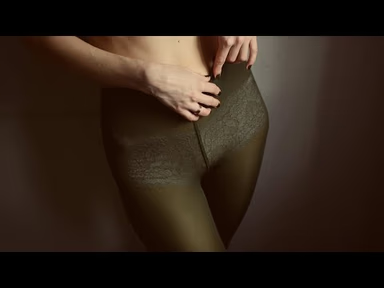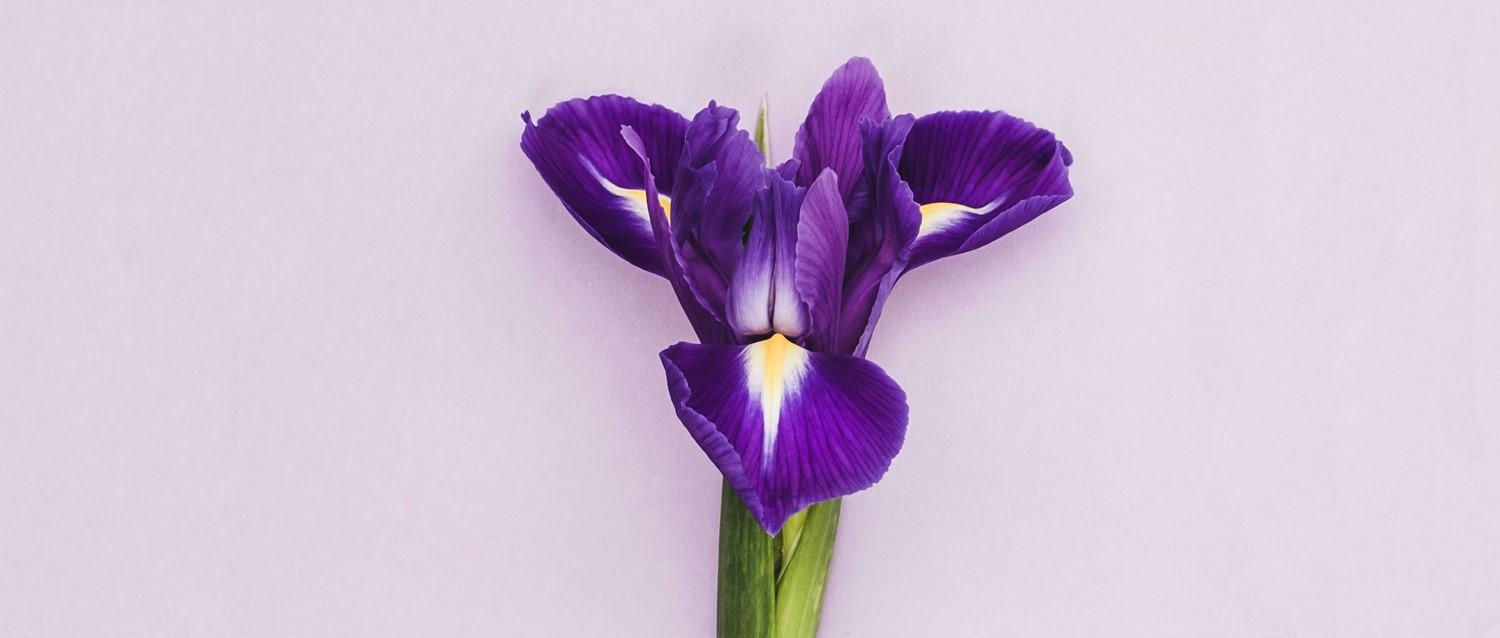Vulval problems
Peer reviewed by Dr Colin Tidy, MRCGPLast updated by Dr Rachel Hudson, MRCGPLast updated 10 Feb 2023
Meets Patient’s editorial guidelines
- DownloadDownload
- Share
- Language
- Discussion
There are many different conditions that can affect your vulva, ranging from mild infections to skin conditions and, very rarely, to cancer. They can all cause very different symptoms, including itching, bleeding, rashes or a lump. It is very important that if you notice any new symptoms or lumps in your genital area then you see a doctor promptly. Your doctor will be able to examine you and decide which treatment will be appropriate to you. This will depend on the underlying cause of your symptoms.
In this article:
Where is the vulva?
Continue reading below
How are vulval problems diagnosed?
What are the different types of vulvar problems?
There are various conditions that can affect your vulva. Some are more serious than others. If you notice a new lump or swelling on your vulva or have any bleeding from around your vulva then you must see a doctor promptly.
Most conditions that affect your vulva can be diagnosed by examining you. However, it is sometimes necessary for other tests to be undertaken - eg, swabs or a biopsy.
The symptoms will depend on the underlying condition. Symptoms may range from pain, itching (pruritus vulvae), and finding a lump to noticing a change in appearance of your vulva. See the separate leaflet called Vulvitis.
Playlist: Vulvar Itch
2 videos
What is vulvar itch?
Dr Sarah Jarvis MBE, FRCGP
What is vulvar itch?
Dr. Sarah Jarvis MBE, FRCGP

How do you stop vulvar itch?
Dr. Sarah Jarvis MBE, FRCGP
What causes vulval problems?
Infections
Thrush (yeast infection).
Other infections: these include scabies and pubic lice.
Skin conditions
In babies and toddlers wearing nappies, nappy rash can occur and be very irritating and distressing. Nappy rash can lead to the skin of the vulva and the area round the back passage (anus) becoming bright red and very sore.
Any skin condition can affect the vulval area too - eg, eczema, psoriasis, lichen planus and lichen sclerosus.
Vulval intraepithelial neoplasia (VIN). This is not vulval cancer but it is a pre-cancerous condition, as VIN (after several years) may develop into vulval cancer in some women.
Lumps in the vulva
Some infections such as genital herpes and syphilis can cause lumps.
Continue reading below
How are vulval problems treated?
Infections
Thrush is usually treated with clotrimazole cream from the pharmacy, or sometimes a fluconazole oral tablet. Usually only a short course is required but occasionally longer courses are needed.
Genital herpes is treated with aciclovir tablets. You can also soothe the symptoms by bathing in salt water, taking over-the-counter painkillers and drinking more water to dilute your urine. Petroleum jelly or local anesthetic ointments can also be helpful.
Genital warts are usually treated at sexual health clinics, often with a self-applied topical treatment such as podophyllotoxin, imiquimod or sinecatechins. However in 30% of people they will disappear with no treatment. People with suppressed immune systems and pregnant women may require different treatments.
Chickenpox affecting the genital area can be itchy or sore and this can be alleviated by paracetamol, calamine lotion or antihistamines such as chlorphenamine.
Scabies and pubic lice are treated with permethrin cream or malathion lotion. The itching from scabies can continue for up to four weeks after treatment.
Skin conditions
Nappy rash is mostly treated by measures such as frequent nappy changes, cleaning with water or non-fragranced wipes, patting rather than rubbing dry, and avoiding irritants such as talcum powder and bubble bath/soap. Barrier creams such as white soft paraffin, Metanium® and Bepanthen® help protect the skin. Occasionally, antifungal and steroid creams are needed if the rash is severe and simple measures are not helping.
Eczema, psoriasis and lichen planus of the vulva are treated very similarly to other parts of the body, with emollients (moisturising creams/ointments) and steroid creams, as well as other more specialised creams in some cases.
Lichen sclerosus is treated with emollients and stronger steroid creams/ointments
Vulval intraepithelial neoplasia (VIN) is usually treated with a small operation to remove the affected area.
Lumps
Bartholin's cyst/abscess often requires antibiotics and sometimes surgical removal.
Cancer of the vulva requires treatment by specialist gynaecologists/oncologists and can involve surgery, chemotherapy and radiotherapy.
How to take care of your vulva
Vulval skin is very sensitive so it is important to avoid anything that may irritate it. Soap can dry the skin so soap substitutes are preferred - for example, Doublebase® or E45 wash®. Only clean the vulval area once per day as too much washing can make symptoms worse. Showering is preferred to baths but if you do bath, avoid adding bubble bath. Avoid using flannels. Pat gently dry afterwards.
Sanitary towels/panty liners and coloured toilet paper can cause irritation. Avoid tight-fitting underwear/clothing and synthetic materials - cotton is best. Fabric conditioners and biological washing powders can also irritate.
Using an emollient/moisturiser can help protect the skin, especially if it is dry. Various types are available over the counter.
Patient picks for Vaginal and vulval problems

Women's health
Bartholin's cyst and abscess
Bartholin's glands are small glands that are just next to the lower part of the entrance to the vagina, one on each side. Each gland is about the size of a pea. Unless swollen or infected, you cannot normally see or feel these glands. They are within the soft tissues (labia) next to the vaginal opening. Each gland makes a small amount of mucus-like fluid. The fluid from each gland drains down a short tube (duct) called the Bartholin's gland duct. Each duct is about 2 cm long and comes out towards the lower part of the opening of the vagina. The fluid helps to keep the entrance to the vagina moist.
by Dr Rachel Hudson, MRCGP

Women's health
Treating recurring yeast infections
A recurring yeast infection (vaginal thrush) is defined as an episode of thrush four or more times in a year. In some cases, there is a medical reason that you are more prone to thrush infection. Some hormone treatments may also affect your risk of repeated episodes.
by Dr Hayley Willacy, FRCGP
Further reading and references
- UK National Guideline on the Management of Vulval Conditions; British Association for Sexual Health and HIV (2014)
- Reyes MC, Cooper K; An update on vulvar intraepithelial neoplasia: terminology and a practical approach to diagnosis. J Clin Pathol. 2014 Apr;67(4):290-4. doi: 10.1136/jclinpath-2013-202117. Epub 2014 Jan 7.
- Lawton S; Nappy rash: diagnosis and treatment. J Fam Health Care. 2014 Jul-Aug;24(5):36-40.
Continue reading below
Article history
The information on this page is written and peer reviewed by qualified clinicians.
Next review due: 6 Jan 2028
10 Feb 2023 | Latest version
6 Feb 2015 | Originally published
Authored by:
Dr Louise Newson, MRCGP

Ask, share, connect.
Browse discussions, ask questions, and share experiences across hundreds of health topics.

Feeling unwell?
Assess your symptoms online for free
Sign up to the Patient newsletter
Your weekly dose of clear, trustworthy health advice - written to help you feel informed, confident and in control.
By subscribing you accept our Privacy Policy. You can unsubscribe at any time. We never sell your data.